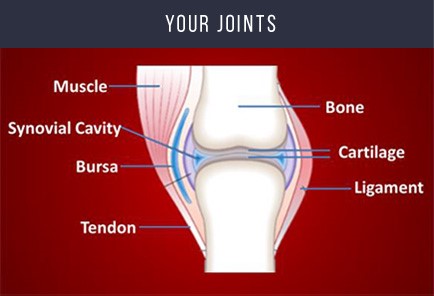
The human body is pretty complex in every aspect even if we talk about movement and its dynamic abilities there is a vast field to explore to understand it where one has to know, biomechanics, kinesiology, physics and so on. To keep it comprehensive let’s, say the body moves because of muscles and joints which is guided by our brain through the nervous system. Therefore, the body moves because joints allow for movement that allows one to be mobile in any activity, the body is made from around 206 bones and 700 muscles, there are 9 major joints
Neck(cervical)
Upper back(thoracic)
Lower back( lumbar)
Wrist
Elbow
Shoulder
Hip
Knee
Ankle
Every joint is surrounded by several components such as bones, ligaments, tendons, cartilage, bursa, synovial fluid, muscles, etc. All of the components’ health depends upon how adaptive they have become to the stress that we put on them in our day-to-day life activities such as walking, running, lifting, playing any sports.
Healthy joints mean there is no sense of movement even though you are quite sensitive to your body which means you move or be stable we have no sense of joint as pain or tiredness rather it should be felt for our muscles,
Components of joints such as bone, ligament, cartilage are not supposed to feel pain, if they feel the pain they must be injured. Stressing is good to strengthen though. However, stressing them to pain could be the reason for sprain or inflammation.
Joints are injured because they move without being stable, strong and flexible which leads to an unstable movement that can happen due to lack of exercise, sedentary lifestyle and poor diet. As per sports science, joints will feel safe when we train them for a good balance between stability and mobility.
For every joint which are mentioned above we must make our yoga practice around all the sequence of asanas which challenge a joint for balancing, holding, stability, strength and flexibility that will be the best way to build healthy joints.
In a nutshell
Joints are there to help us be dynamic and mobile so it is important we do something to be dynamic with stability, therefore we should not only focus on certain movements that we know rather we must understand, what are possible movements that a joint is capable of.
Exercise in a way that helps joints to perform all possible Movements using the muscle around it and train muscle to strengthen and be flexible, because joints health will be decided by how strong, and flexible muscles are.
Muscles are supposed to be trained to build stable and mobile joints as stability and mobility is built by being strong and flexible with muscles not by targeting joints.
Yoga practice is one of the best ways to have healthy joints as it’s a wonderful combination of strengthening, stretching and balancing asanas and asana sequence.
Prevention is better than cure as we know the quote one must incorporate yoga practice in ones’ routine for physical health first.
Read further blogs and watch on YouTube of Vinyasa yoga ashram on a particular joint.
Recent Posts
- Yoga for Pregnant Women
- Yoga for Beginners at Home
- Chair Yoga for Seniors
- Sun Piercing Breath (Surya Bhedi Pranayama)
- Do You Need to Be Flexible to Start Yoga?
- Swooning Breath Yoga (Murcha Pranayama)
- Cooling Breath (Sheetali Pranayama)
- Sheetkari Pranayama: Feel The Calm In Daily Yoga
- Yoga for Every Body: A Beginner’s Guide to Wellness
- An Expert’s Guide to Yoga Philosophy
- What is Yin Yoga? 10 Benefits of Yin Yoga
- The Subtle Energy centres of the human body
- Emotional Healing through Yin Yoga
- Philosophy of action – Karma Yoga
- Yoga for Adolescent Girls
- Pranayama- the Ashta Kumbhakas
- Key Muscles Used in Ashtanga Primary Series
- Spine Health And Yoga: Top 5 Yoga Poses for a Healthy Spine and Back
- Scorpion Pose for Strength and Flexibility: An Ultimate Guide for Mastering the Balancing Act
- Why Multi-Style Yoga Training is the Ultimate Choice for Aspiring Instructors

